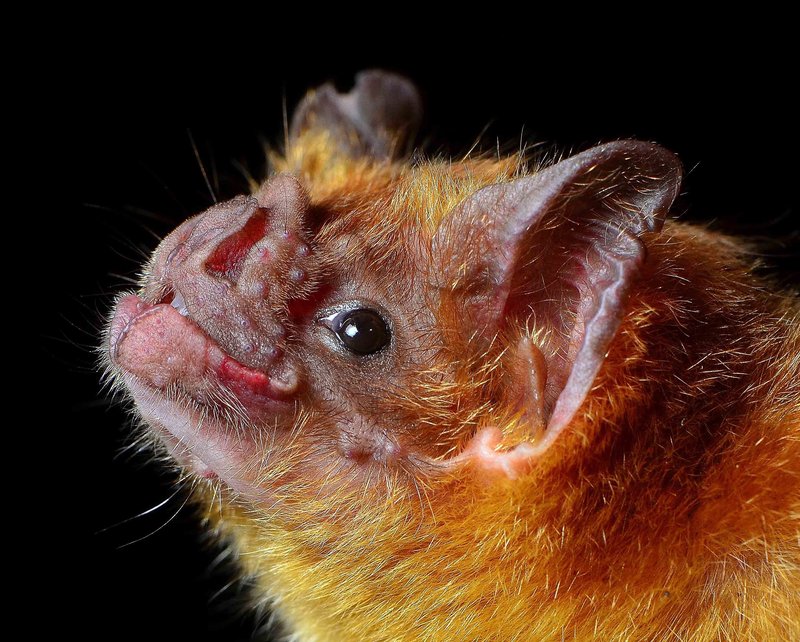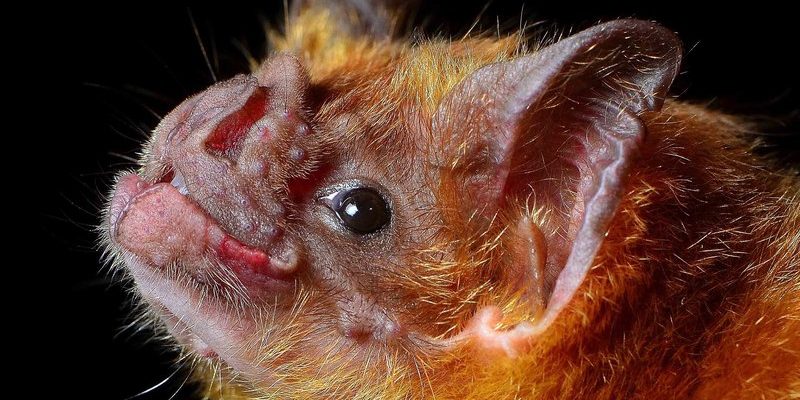
The truth is more nuanced than you might expect. While vampire bats are certainly intriguing, their survival is intertwined with the state of our ecosystems and various conservation efforts. Just like a delicate balancing act, the health of their population relies on factors that extend beyond their vampiric tendencies. So, let’s dig into the world of vampire bats and see where they stand in terms of conservation and what this means for our planet.
Understanding the Vampire Bat
Vampire bats belong to three species, with the common vampire bat (*Desmodus rotundus*) being the most recognized. These small, nocturnal mammals are native to the Americas, primarily found in regions stretching from Mexico to Argentina. But what makes them so unique?
Unlike other bats that feast on insects or fruit, vampire bats have evolved a diet that revolves around blood. Their sharp teeth are designed to make small incisions in their prey’s skin, often livestock like cows and pigs. Then, they use their specialized tongues to lap up the blood. You might think, “Ew, that’s gross!” but vampire bats play a role in their ecosystem by culling weaker animals, somewhat like nature’s way of maintaining balance.
However, this unique feeding habit has led to misunderstandings and fear surrounding these creatures. Many people associate vampire bats with disease and aggression, which isn’t entirely fair. Understanding the truth behind their behavior is crucial in addressing conservation challenges.
The Current Status of Vampire Bats
You might be curious: *Are vampire bats actually endangered?* The short answer is no, they are not currently classified as endangered. However, they face a variety of threats that could change their status in the future.
Vampire bats are adaptable and able to thrive in various environments, which has helped their population remain stable. However, habitat loss due to deforestation and agricultural expansion poses a significant risk. As they lose their natural habitats, the bats may struggle to find food sources and safe roosting places.
Another challenge includes human-wildlife conflict. Farmers often view vampire bats as pests, leading to efforts to poison or cull their numbers. These actions can have unintended consequences, disrupting local ecosystems and ultimately affecting other wildlife.
Conservation Efforts for Vampire Bats
So, what’s being done to protect vampire bats and their habitats? Fortunately, several conservation programs aim to address the challenges they face. Here’s a closer look at some key initiatives:
- Habitat Protection: Efforts to protect forests and natural habitats are crucial. Conserving the areas where vampire bats live helps maintain the balance of their ecosystems, ensuring they have access to food and roosting sites.
- Education and Awareness: Increasing public awareness about the ecological roles of vampire bats can reduce fear and misunderstanding. Programs that educate farmers about the benefits of these bats—and their role in controlling pest populations—can significantly help.
- Research and Monitoring: Ongoing research helps track vampire bat populations and their health. Conservationists use this data to understand better how to protect them and their habitats.
These efforts not only assist in preserving the vampire bat population but also contribute to broader environmental conservation.
The Role of Ecosystems in Bat Conservation
Now, you might be wondering how vampire bats fit into the larger picture of ecosystems. Bats, including vampire varieties, are often referred to as “indicator species.” This means their health reflects the overall state of their environment.
When bat populations decline, it can signal problems in that ecosystem, like pollution, habitat destruction, or climate change. By monitoring bat populations, conservationists can gain insights into ecological health and act before larger environmental issues arise.
This interconnectedness highlights the importance of preserving not just vampire bats but all bat species. Maintaining a balanced ecosystem benefits countless other species, including humans.
Addressing Human-Wildlife Conflict
Let’s talk about the elephant in the room: the fear surrounding vampire bats, especially in agriculture. Farmers often see vampire bats as threats because they feed on livestock. This fear leads to lethal control methods that can create significant rifts between humans and wildlife.
One way to address this conflict is through non-lethal deterrent methods. Here are a few strategies:
- Improved Animal Husbandry: Keeping livestock in enclosed barns or using protective fencing can minimize bat encounters.
- Compensation Programs: Some regions have implemented programs to compensate farmers for livestock losses due to vampire bat feeding. This encourages coexistence rather than conflict.
- Community Engagement: Involving local communities in conservation efforts fosters understanding and, ultimately, cooperation between farmers and bats.
These strategies not only help to protect vampire bats but also empower farmers with sustainable practices.
Future Directions for Vampire Bat Conservation
Looking ahead, the future of vampire bat conservation hinges on collaboration between scientists, local communities, and conservation organizations. Continued research is vital to understand better their behavior, population dynamics, and the impacts of climate change on their habitats.
Additionally, promoting public engagement can inspire people to take action. By fostering curiosity about these unique creatures, we can shift perceptions and promote their preservation.
Here’s the thing: every little effort counts. When we take steps toward understanding and protecting vampire bats, we’re contributing to a healthier ecosystem that ultimately benefits us all.
In summary, while vampire bats are not currently endangered, they face significant challenges that could threaten their survival. Conservation efforts, habitat protection, and addressing human-wildlife conflict are all crucial to ensuring these unique creatures thrive.
So the next time you think about vampire bats, remember they’re not just blood-sucking mammals; they’re vital cogs in the wheel of our ecosystems. By supporting conservation initiatives and fostering understanding, we can help secure a future for vampire bats—and the rich biodiversity they represent. Let’s raise a glass to those little vampires, shall we?

